#cultural inspiration
Text
Ink!Sans Cultural Character Coding
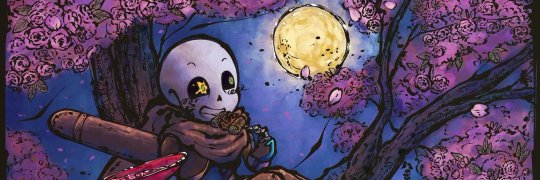
art by @/sakuramochi64 on twitter
Disclaimer!
This post is meant to present and analyse obvious and obscure East Asian (Jpn-Chi) ethnic and cultural influences on Ink!Sans character.
If any of the material in this essay is incorrect and/or considered morally offensive, please contact me!
Ink!Sans by @comyet
↓↓↓↓↓↓↓↓↓↓↓↓↓↓↓↓↓↓↓↓↓↓↓↓↓↓↓↓↓
/Despite the fact that Ink is a non-human monster skeleton character, he is often portrayed with human-like traits and characteristics that range between a bunch of topics. One of them that's portrayed as very predominat to his character is his etchnic cultural background/inspiration. Again, this post is meant to analyse and to discuss such inspirations and how it affects his character./
.
.
.
INSPIRATIONS
According to Ink's creator, Comyet, the concept of Ink!Sans was conceived by a Japanese and Chinese ink calligraphy brush. These are known as Fude brushes (筆) and Xuan brushes (宣笔 Xuān bǐ) respectively. This ultimately inspired his ink abilities and powers, just like his concept of being an 'artist' (In simple words, it inspired Ink as a whole).
'The history of ink brushes and the ink material is a long and complicated journey to cover, but it's important to know that these were invented in ancient China around 300 B.C (traditional Chinese: 毛筆; simplified Chinese: 毛笔; pinyin: máo bǐ) and are used in a vast variety of East and Southeast Asian countries, like Korea; Vietnam and Japan.
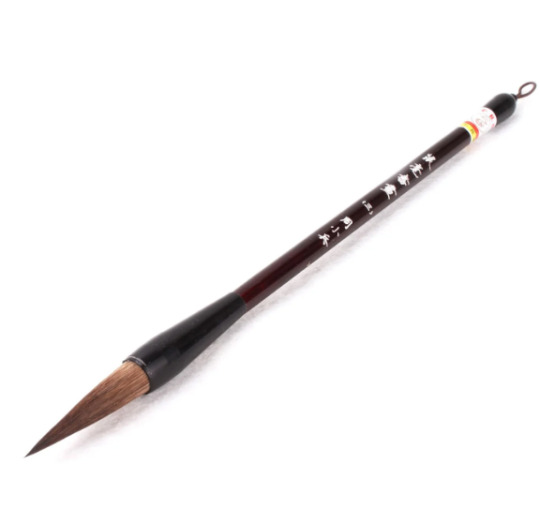
example of the brush Ink!Sans was inspired by.
At glance, ink (the material) is an enduring medium that still surrounds society till this day and it's used in multiple cultures across the world.
Writing with ink calligraphy brushes are common in the Europe and the Middle East as well, but the material was crafted of iron salt and oak galls. When written, ink is often a dark color but fades to brown tones of rust'. Such phenomenon was detectable in the Middle Eastern Bible manuscripts and even ancient European literature as an example.
Ink!Sans was based of the ink material created in East Asia, most commonly made with carbon-base black substance, which preserverd the dark coloration even after hundred of years.

↑ Example of an ancient Japanese painting, such arts are called 'Sumi-e' (Japanese, 墨絵) or ' Shuimohua' (traditional Chinese,水墨畫).
Unlike iron gall ink, carbon based inks are still very common to this day.
'Throughout the long history of East Asia, writing with ink was a very important ability to have. The Materials were made with precision, long traditions of training in calligraphic skills were developed, and writing and literacy were often wrapped up in questions of social status and class.
Although the development of major Chinese calligraphic scripts was completed by the fourth century, the art of calligraphy continued to evolve over the millennia. Master calligraphers with years of training and dedicated practice were recognized for their personal styles, and later generations of artists often adapted brushstrokes and designs to their own style. This stylistic evolution of scripts continues to enliven Chinese calligraphy to the present day.
Calligraphy was an important mark of personal learning and aesthetic sensibility in Japan. Portable, lacquered wood boxes were designed to hold an inkstone and water dropper in the base, with trays to hold writing brushes and solid ink sticks. Inkstone boxes (硯箱,suzuribako 'ink stone box' ) could be easily carried to a pleasant location, even outdoors in fine weather, to write correspondence, diary entries, or poetry.'
Fun fact: Ink's font 'Note This' is inspired by such ancient writing.

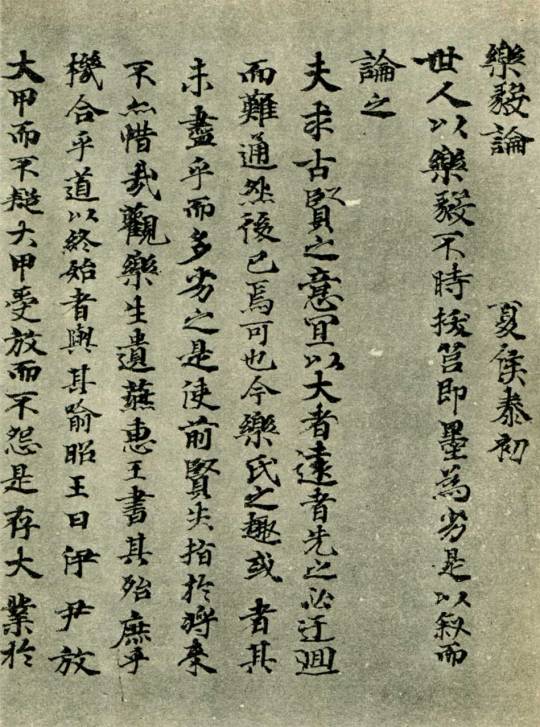
Example of Ink's canon speaking font and Japanese calligraphy (書道, calligraphy)
'However, when it comes to the subject of painting with the material, different schools of painting existed in China, the scholar-painters of Song-dynasty China generally preferred ink-based paintings over the more colorful, pigment-filled paintings produced historically and at the painting academy. Chinese painting manuals and commentaries from the Song (Sung) and Yuan dynasties (rarely mention pigments, possibly because it was assumed a painter’s skill shouldn’t depend on the use of colors.
Japanese artists are known for using media appropriate for the subject matter. Images depicting traditional Japanese narrative tales were typically rendered in opaque colors with outlines created in ink and later obscured by color overlay. Ink monochrome was closely associated with Chinese styles, particularly those transported to Japan via Zen Buddhism. Ink-based forms created with modulated strokes and layered washes suggested introspection and spiritual exploration.'
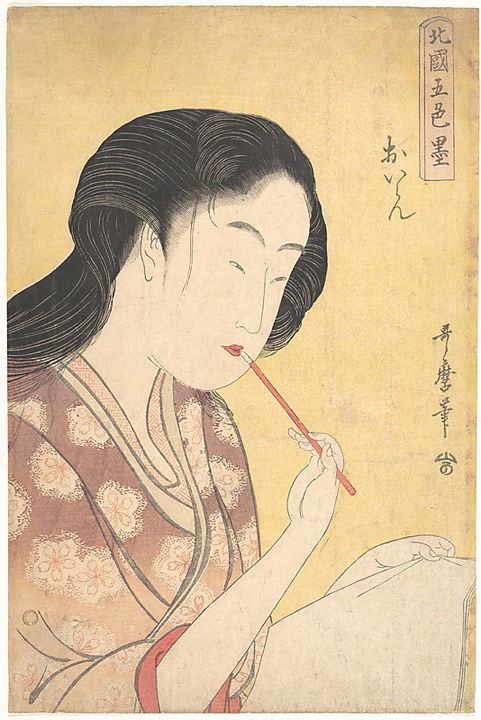
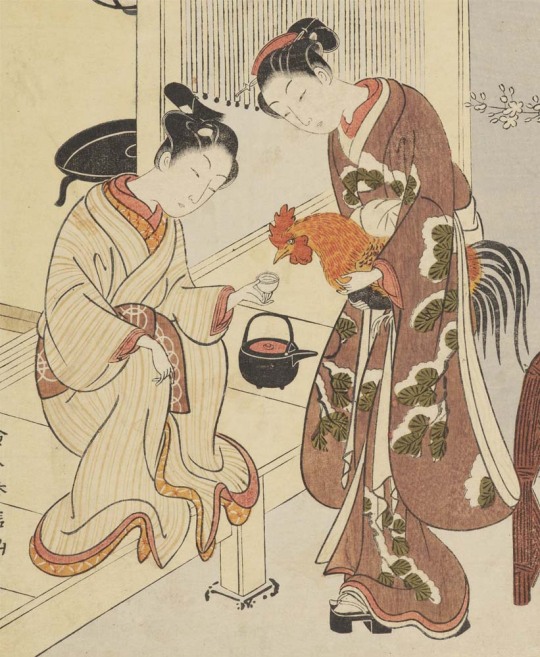
Ancient Japanese paintings that uses dull colors and ink outlines.
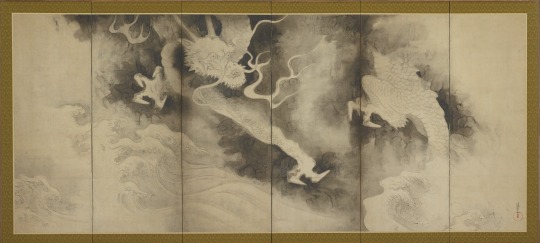
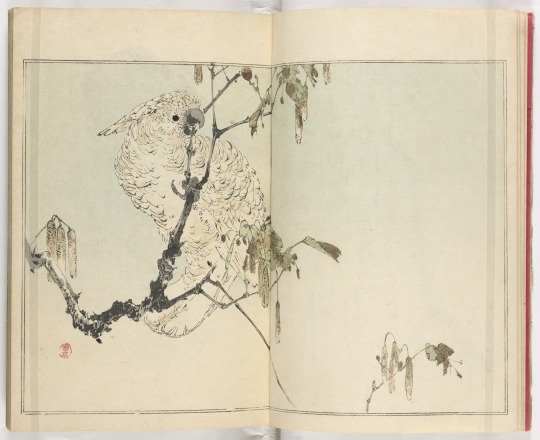
Exhaustive examples of ancient Ink paintings. Dragons and Clouds 雲龍図屏風 (左隻)and Seitei kachō gafu 省亭花鳥画譜
.
.
.
DESIGN
Also clarified in an ask on her main blog, Comyet describes that traditional Japanese clothing inspired Ink's 2020 outift redesing, such inspirations are very obvious in first and second analysis.
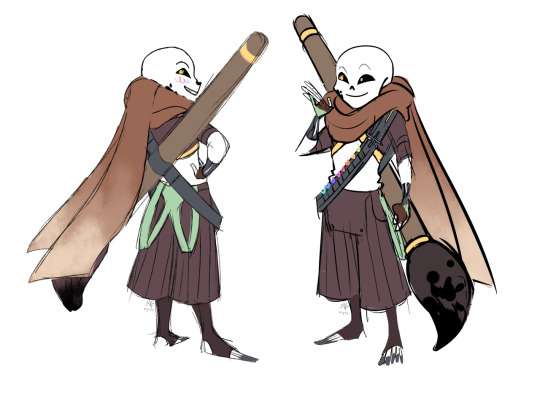
Ink!sans reference sheets for the 2020 design, which can be found in Ink's official F.A.Q
Starting off, the pants.
Ink's pants were inspired by Hakama pants (袴), a traditional Japanese garment designed as a skirt-like pants often worn over any type of kimono. His pants seems to be inspired by umanori (馬乗り)Hakamas, whose had a division in the middle and often used in horse-riding activities.

Example of a Hakama.
The Hakama is a wide pleated pants (seven pleats, five in front and two behind), with a rigid backrest (腰 板,koshi ita) placed at the level of the lumbar region. It is tightened with four straps, on the left and on the right, as well in front as behind.
Historically, the origins of the Hakama dates back to the Sui and Tan dynasty were this garment was worn by the Chinese imperial court. Later, the Hakama exported itself to Japan during the Kamakura period (1185 to 1332) and became a traditional garment for the upper classes of Japanese society as well as for samurai warriors who wore it over a kimono (Hakama-shita).
During the history of Japan, the Hakama took on different styles and was mainly made for men, although in the beginning it was a unisex garment. During the Asuka and Nara era (6th to 8th century), the Hakama came in two versions. The first one was open on the front and was tied on each side of the waist with two straps. The second one was open on the left side and closed on one side only.
During the Edo period, the Hakama was worn by the nobles as a complement to the outfits of the time such as the noshi and the kariginu (狩衣; a sleeveless jacket with very pronounced shoulders). Very functional, these pants were also adopted by samurai warriors who usually wore them as Kamishimo (上下/裃). It is a combination of kimono, Hakama and kataginu. When the warrior visited the shōgun, he wore a Hakama called naga-bakama which greatly restricted his movements.
Edit:Currently, hakamas are both worn by men and women.
However, under the scarft, Ink also seems to use a jacket that features a collar that has striking similarities to a Mandarin collar (or Mao collar)

Ink!sans reference sheets for the 2020 design, which can be found in Ink's official F.A.Q
Mandarin collars originated in ancient China and were worn by Qing-era bureaucrats.

Picture of a Chinese man in a traditional Mandarin collar (early 1900's)
These are short, stand-up collars and sometimes fasten in the center with a small hook. Such collars are still used today for both fashionable and practical reasons. One example of modern usaged of the clothing is seen in the U.S Amry combat uniform, that features a stand-up collar of Chinese origin.
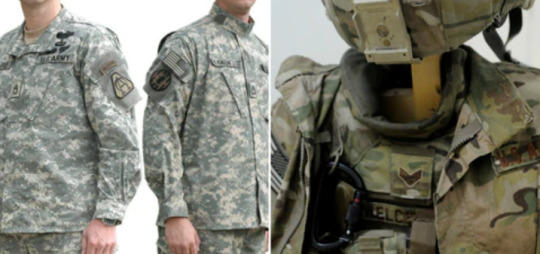
Picture of the U.S Army combat clothing
Regarding of color palette, Ink!Sans redesign uses soft but dull colors and a sinple silhouette and fabric for the outift, such design choises are similar to male kimono's dressing codes which uses dull colors (like dark blue, grey, green and occasionaly brown). Male kimonos are always more simple in design compared to female kimonos.
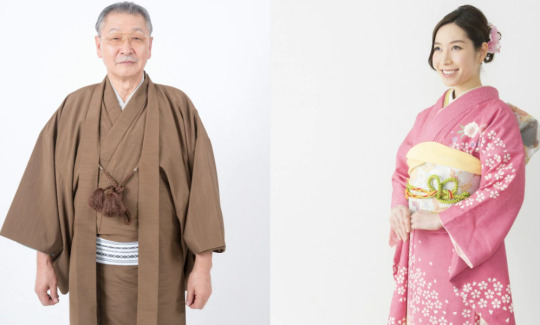
Photo that shows the difference of kimonos used by men and women
Although not specified, Ink seems to wear brown thigh-high socks, also known as 'tights' under the outfit. Japan has a long-standing cultural tradition of wearing such piece of clothing, this trend is particularly popular among young people and is often associated with the "gyaru" subculture, which emphasizes fashion, beauty, and individuality. Additionally, thigh-high socks are often worn with school uniforms, and are considered a symbol of youth and innocence. Additionally, it is also considered fashionable and trendy in Japan, and you can see many young people wearing them.
In regards of physical appearance, Ink also seems to follow ancient Japanese and Chinese beauty standarts, specially one's targeted towards women.
In ancient japan, specially towards the Nara (奈良時代, Nara jidai), Heian (平安時代, Heian jidai) and Edo period (江戸時代, Edo jidai) the beauty standarts for Japanese women were of those with slim eyebrowns, flat oval face shape and narrowed eyes.
Such attributes can be observed on Ink!Sans apperance.

Visual representation of old Japanese beauty standarts
/Keep in mind that some of such standarts presented are now out of fashion due to the westernization of asian countries. Specially regarding eye shape/
.
.
.
MUSICAL THEMES
Ink!Sans has a long history of being associated with East Asian music, specially those of Japanese origin.
Themes that comyet associated with him includes, 'Code Wu- Asia River Album 江水/Asia River' ( post can be found here), 'Dullahan under the willows' and 'Futatsuiwa from Sado (二ツ岩で佐渡) both from the japanese game 'Touhou'. (post can also be found here.
He's also associated with East Asian musical instruments, something quite noticeable in Ink!Sans theme for the the web-series 'Underverse'. Such theme is called 'Brushwork'.
The theme starts with an instrument similar to a Shamisen (Japanese-三味線) and a Guzhen (Chinese-古筝) and also uses a traditional flute.
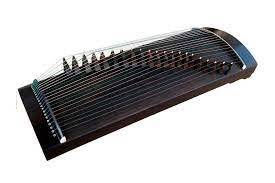
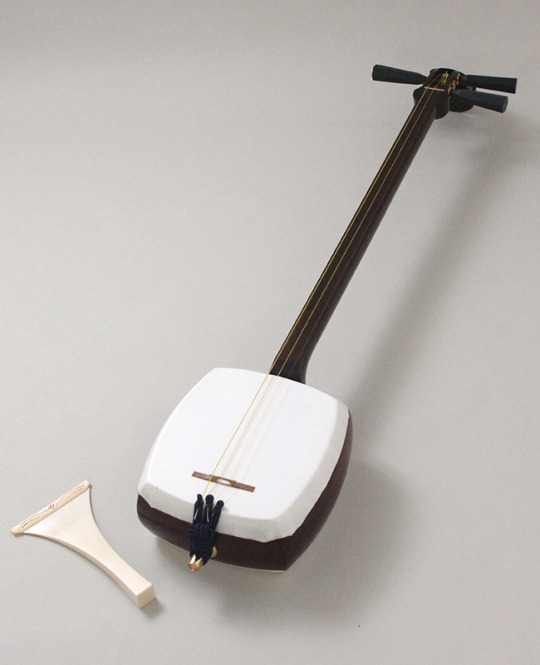
Photo of a Guzhen and a Shamisen, respectively
.
.
.
TRIVIA
On Underverse's opening for season 2, Ink!Sans can be seem between a field of Sakura trees or Cherry Blossoms (桜).
Cherry blossom trees are an icon of Japan. Some people even call the cherry blossom Japan’s informal national flower. The Japanese school year starts in April, during cherry blossom season. The flowers symbolize good luck, love, and springtime. Since they bloom for such a short time, cherry blossom trees also represent human mortality. They remind us how short and precious life is.
In the same series, Ink is also drawn in a Sumi-e inspired style for the 'Soulless Heart Instrumental' video. Such artwork features Japanese writing in black ink.
Ink's canon instrument is the flute. Although invented in ancient germany, the flute is highly associated with East Asian cultures and it's music, chinese and japanese culture are the main ones . Other than that, Comyet already made a connection to Ink's asian influence and the instrument itself.
According to research made by the University Microfilms International (UMI) affirms that the moderny performance and melody of the instruments has clear East Asian roots, mainly from Chinese and Japanese style of music.
'The flute is a particularly appropriate instrument for such a
study because of its versatility of pitch and timbre, the latter being
one of the most important elements in Eastern music; it is capable of
'pitch-bending' and infinite changes in tone quality which are impossible
to achieve on instruments of set pitch.
The flute music selected for stud/ shows varying degrees of Eastern
influence. Depending on the nature of the composition, the Eastern
elements may be extremely subtle and difficult for the untrained to
decipher; in other instances the composer makes clear those sounds or
concepts with Eastern roots, either through accompanying explanation or
within the context of the music.'
Sources
1.National Museum of asian art (materials & techniques. Ink section)
2. Asian Brushpaper (an-overview-of-chinese-ink-history)
3. Wikipedia (wiki Hakama-pants)
4. Aikido Journal (Hakama-101)
5. Wikipedia (Mandarin-collar)
6. Kirrin finch (What-is-a-mandarin-collar)
7. University Microfilms International (UMI) (east-asian-presence-in-modern-flute-music)
#ink sans#inktale#undertaleau#utmv au#ink!sans#utmv#inksans#undertale#east asian#au sans#sans au#cultural inspiration
281 notes
·
View notes
Text
Worldbuilding: To Dress Your Mermaids
Okay, one of the nifty things about mermaids is how many different versions there are in myths across the world; from things that are more like simian sharks to haunters of sacred wells.
This is also, of course, one of the most frustrating things about mermaids if you’re trying to put them in a well-constructed fantastic world, instead of local myths and legends. Do you have as many versions of mermaids as there are in folklore? Are they different in every port, like folklore? Are they like humans, having culture and cities? And how does that sort with the realities of intelligent species as we know them in this world - where you need a certain minimum number of people to create a civilization in the first place?
There is, however, a potential answer to this problem, if you poke some of Celtic folklore. Apparently at least some Scottish and Irish mermaids can take their tails off - like a dress! - to walk around on land like mostly-normal humans.
So... what if the differences between all the kinds of mermaids are like differences between various human cultures? Basically the same species, a little ethnic variation here and there... but the various tails, fins, claws or lack of same, etc., might all be different dresses. Culturally different tails you can take on and off, that might also provide other features.
Siren that drowns unwary sailors? One kind of dress. Koi sparkly mermaid that swims upriver to the water markets? Another kind of dress. Shark-toothed ship-wreckers that raid like water-breathing pirates? Yet another kind of dress - like getting kitted up as a Mongol raider instead of an elegant court lady.
If you did this, you could have your myriad mythical mermaids and still keep them as a more plausible fantastic species. Culture can create swarms of differences; the examples are all around here on Earth. And then you also get an interesting question: if the types of tails are cultural, who makes them?
Bonus? Your mermaids can swap their roles. The elegant court lady can doff her shimmering koi scales and pull on the swift reflexes and deadly striking speed of a swordfish, or tuna. Or turn dark assassin with the venomous spines and claws of a lionfish... or worse, a scorpionfish. If she’s in a mood.
Heaven help your heroes if she has a good friend who’s a sea-snake medusa!
27 notes
·
View notes
Text
Big fan of sun motifs in characters not necessarily being about positivity and happiness and how they're so " bright and warm" but instead being about fucking brutal they are.
Radiant. A FORCE of nature that will turn you to ash. That warmth that burns so hot it feels like ice. Piercing yellow and red and white. A character being a Sun because you cannot challenge a Sun without burning alive or taking everything down with them if victorious.
#this post is inspired by my dnd oc Beacon. whom i am workshopping again#gonna turn him into a really like....duty driven but fucking BRUTAL paladin.#The sun also being necessary for life....for structures of society and culture. like.... cmon#The sun is fucking terrifying and yall should recognize that more#ALSO THIS IS A SMALL LOVE LETTER TO HOLLOW KNIGHT'S THE RADIANCE#I LOVE YOU QUEEN!!!! YOU'RE SO SCARY!!!!!!#we need more of Her.
34K notes
·
View notes
Text
HETEROSEXUAL CIS-PEOPLE LOOK HERE
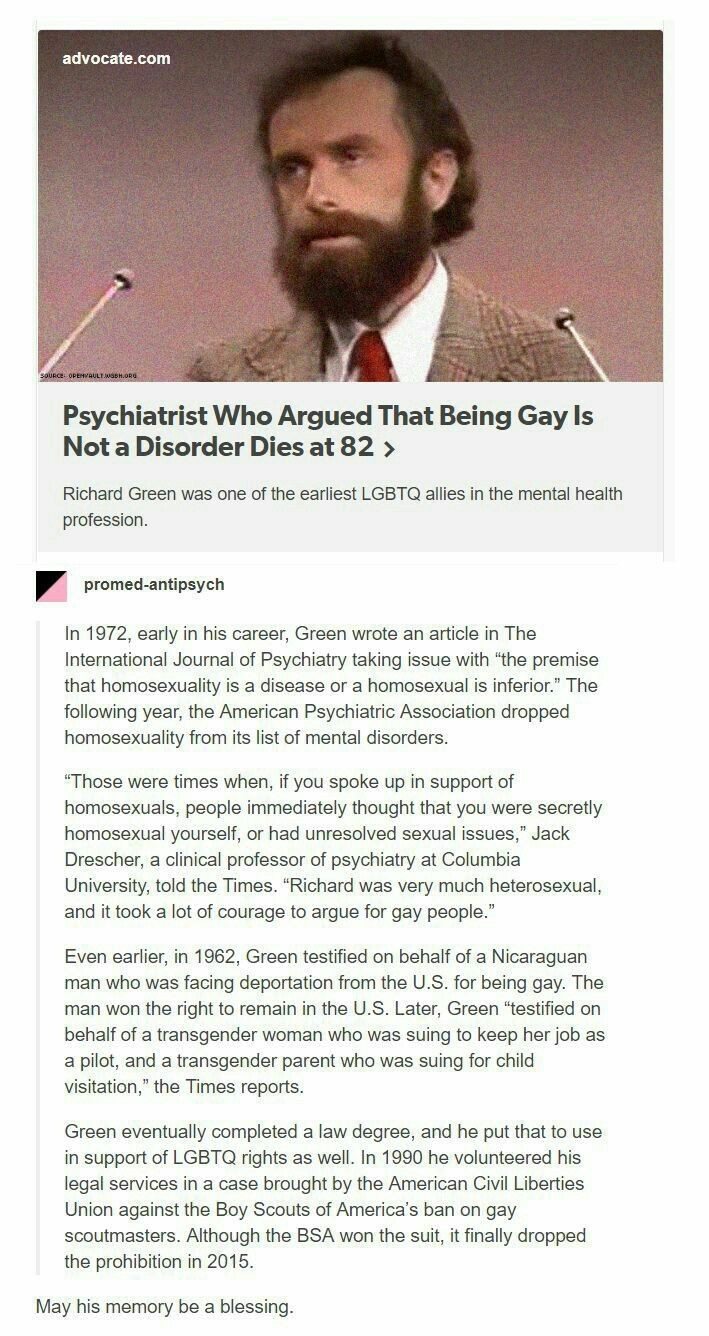
Snaps my fingers at you as you scroll past this post
Look at me. Listen.
I'm not the best at serious posts, but that article up there reminded me of how important it is that people like you stand up for us. So hold on while I try to get this out of my mushy end-of-work-day brain.
We could fight this fight ourselves for decades trying to reach the equal laws, gender affirming trans healthcare that doesn't have a 2-5+ soul-eating years of waiting time, medical care with equal knowledge of lgbtqia+ bodies, and, what is often forgotten, inclusion in the little everyday areas of life like our way of speaking or things being set up or designed with the existence of queer people in mind.
But you joining in could get us there so much faster.
The power you have as a hetero cis person is that you set the standard for what is seen as the average way of treating us among other hetero cis people. You have been given the power of deciding what's "normal" and I'm begging you to use it.
Richard Green is a great example of to what extent your actions can help our situation, and smaller ways of support still add up to a great impact on society, and could make the days of the queer people you interact with.
Educate yourself before you speak up, but don't be silent.
#lgbtqia+#lgbtq#lgbtqia#lgbtq+#lgbtqia+ rights#lgbtq+ rights#lgbtq rights#interesting#article#psychology#mental health#psychologist#reading#culture#cooking#drawing#music#nature#science#baking#pets#inspirational#gaming#photography#fashion#writing
5K notes
·
View notes
Text


#art#quotes#motivation#words#aesthetic#i love you#poetry#inspiration#writing#poets on tumblr#writers#books and libraries#poetas en español#love#sociology#literature#books libraries#culture#writers on tumblr#beauty
6K notes
·
View notes
Text
for me at least, theres always been a really stark divide in the 'child character is the main antagonist' sort of stories.
on one hand. theres stories that rely on the shock factor of a child being evil, because we're supposed to believe that kids arent capable of that sort of thing. i guess its supposed to be frightening but the novelty always wears off really quickly for me.
i think 'a child is the villain' always lands most successfully for me when a kid is given power beyond their years (either by adults around them or otherwise supernatural/societal forces) and then everyone is floored when they arent exactly responsible with that power. and sometimes theyre even selfish! not because that kid is evil, but because theyre a kid.. acting like a kid would in their situation.
it means that any sort of story that follows requires a protagonist to reason with someone who may not even understand the harm theyre doing, or worse - not have the life lived to understand why they should care in the first place. and also, i think watching what happens when u have an destructive force seeking comforts that any child deserves doing whatever they can to have those things is (to me) much more interesting than 'child who is fucked up and evil for no reason but being born that way actually'
#a lot of people have pointed it out but molly from pokemon has stuck with me for years since i first watched that movie#and subsequently i think inspired mars#but im noticing this with thistle as well. falin is my favorite characyrr but thistle almost stole that spot by the end. maybe theure tied#just like.... a kid being adultified by a culture of ppl they were pushed into and handed responsibility beyond their years#when its clear they were only ever seeking a family/warmth... aaugggh. aughhh#thistle i love you. my baby
2K notes
·
View notes
Text





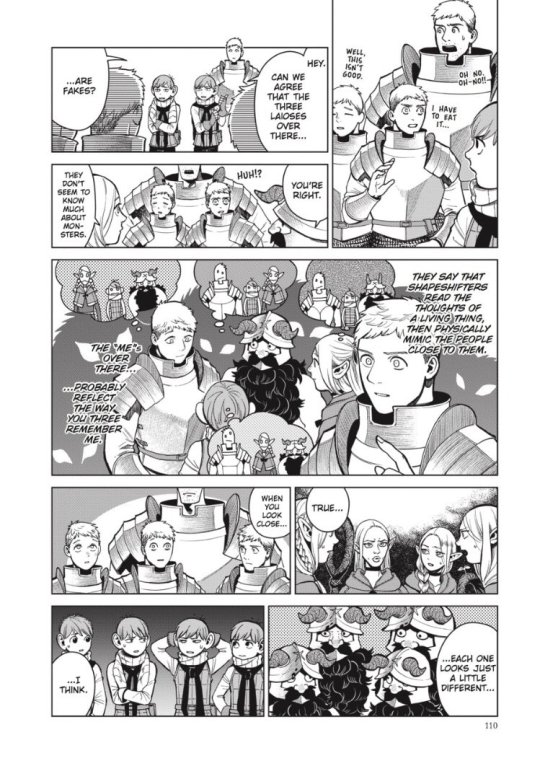
a lot has been said about the variety of Ryoko Kui’s character designs but what i find really interesting is how she seems to actively challenge herself to make each character in Dungeon Meshi visually distinct and recognizable, dedicating a lot of Daydream Hour to stuff like drawing the cast with different clothes and hairstyles, not to mention how the “Dumplings” and “Shapeshifter” stories are basically multichapter exercises in character design
#in a series that puts so much emphasis on different cultures and points of view#i would dare to say this is actually very important#anyways it'd be cool if people used these as sources for inspiration#dungeon meshi#delicious in dungeon#ryoko kui
6K notes
·
View notes
Text

La vida no te garantiza que siempre recibirás lo que des, pero todo aquello que des seguro reflejará por sí solo de lo que eres...
Priscila Alcívar
#motivation#inspiration#poetas en español#frases#escritos#tumblarians#romance quotes#romance#comedy#culture#spilled thoughts#literature#prose#writers#quoteoftheday#sociology#i love you#currently reading#books libraries#art#mua
30K notes
·
View notes
Text
you’re telling me people are doubting the cultural relevancy of destiel, THEE destiel??? the first and the last Great American Queerbait??? that destiel???
#i love aziracrow i do#but in terms of cultural relevancy you have to rendre à caesar ce qui est à caesar im sorry#if the question was gomens vs spn then i think there are strong arguments for gomens being more culturally relevant#spn wouldn’t exist w/o all the inspiration kripke took from gaimans work#but if we’re talking about the ships there’s no contest#destiel#spn
2K notes
·
View notes
Text
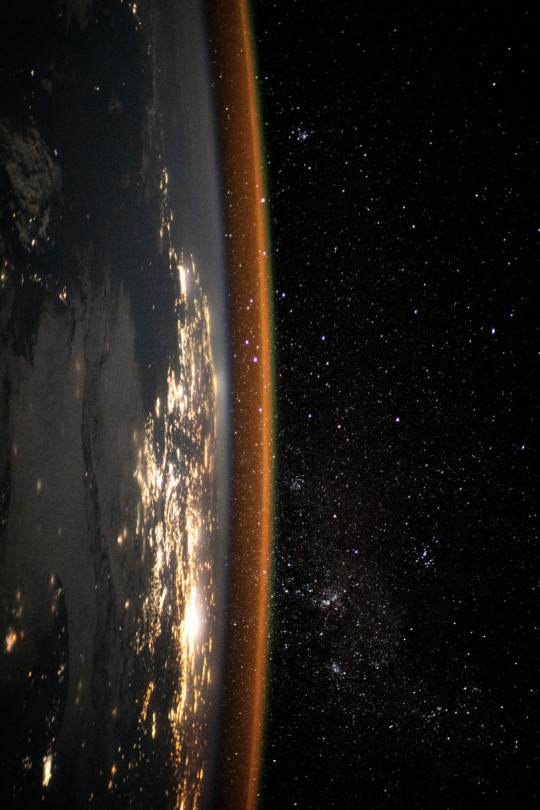
The International Space Station was passing over South Africa when this image of the Earth was captured by French astronaut Thomas Pesquet, 5 September 2021. The orange band is made up of sodium atoms left behind by meteors entering our planet's atmosphere.
#stardust#life#technology#dark#community#naturecore#science#photography#astronomy#space#africa#lights#culture#society#academia#earth#travel#stars#humanity#inspiration#📚
6K notes
·
View notes
Text
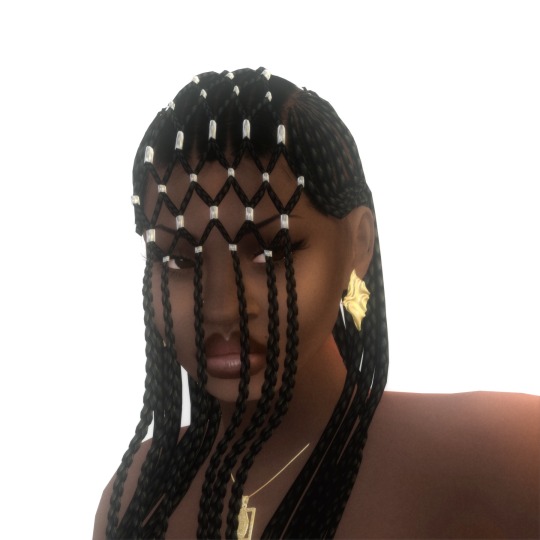
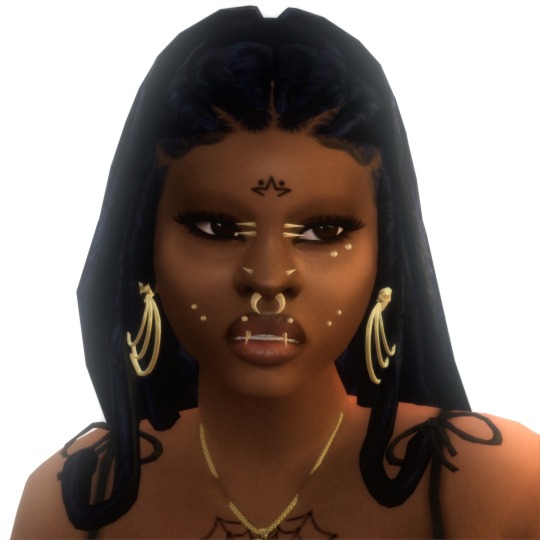
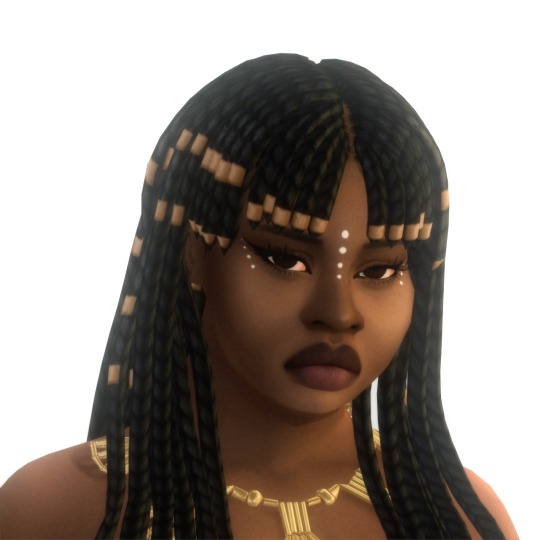
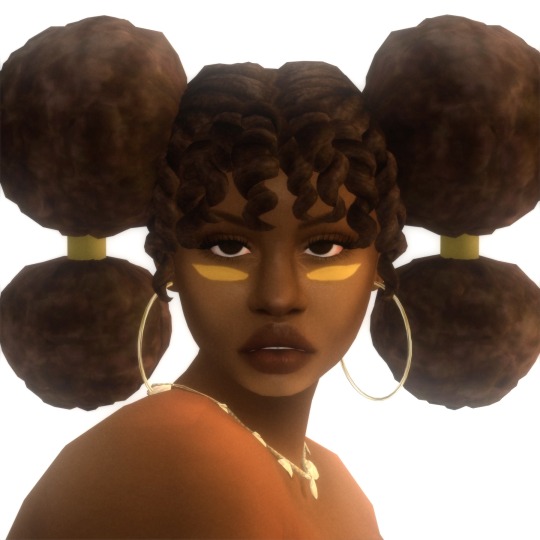
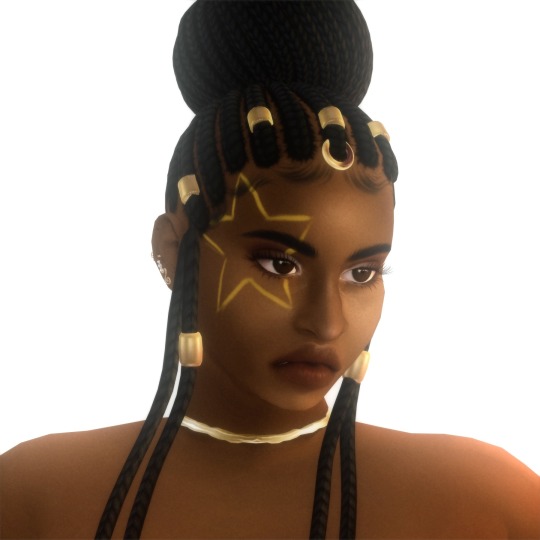
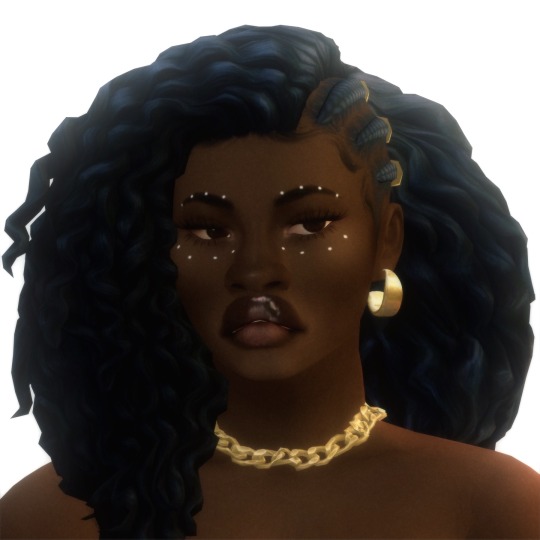

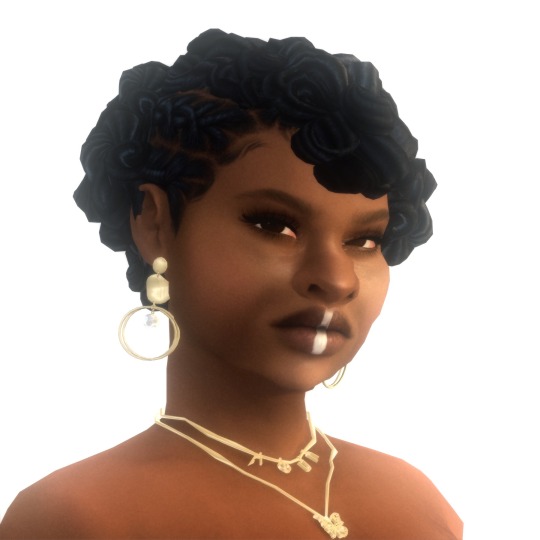
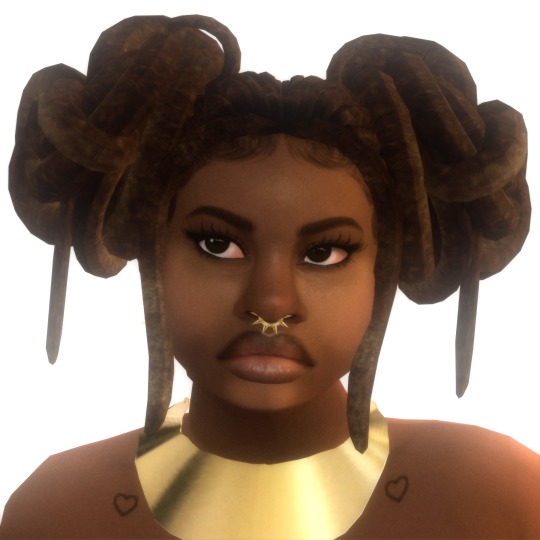
afrofuturism🪐
☆ one ~ solange hair by darknightt (tsr warning) ☆ two ~ loretta hair by @simtric ☆ three ~ bahati braids by @sheabuttyr ☆ four ~ isonoe hair by octetsica ☆ five ~ binah braids by @sheabuttyr ☆ six ~ cornrows & curls hair by @leeleesims1 ☆ seven ~ indie hair by @sashima ☆ eight ~ loc petals by @shespeakssimlish ☆ nine ~ mnemosyne hair by octetsica ☆
mini dedication essay to black simmers and ts4 creators below! pls read if you have the chance! <3
this edit is a small homage to afrofuturism and the various unique black hairstyles (and especially the black creators of most of these hairs) that i have downloaded and admired over the years! some of these are old and some of these are new.
to me, afrofuturism means constantly honoring/reclaiming/challenging the past while constantly creating/dreaming of a better society/world/future. a society/world/future that embraces and empowers all of our differences, ingenuity, aspirations, and unique lived/cultural experiences. a society/world/future that does not limit us through the various systems of marginalization and oppression (racism, homophobia, transphobia, fatphobia, sexism, xenophobia, ableism, classism, colorism, etc.) that often affects how we, as black people, live today.
blackness is so diverse and intricate yet it's always been a struggle to find my culture within a game that's known for being so limiting, bland, and extremely eurocentric when it comes to hairstyles, clothing, food traditions/events, etc. black simmers have always had to figure out how to make this game more inclusive and make it resemble either more like how our ancestors lived, how our current lives are, or how we would want our lives (and even our children's lives) to look like in the future no matter how dystopian the real world look and feel now. fortunately, these hairs and their uniqueness bring a huge sense of culture and style to this game. they have always inspired me and made me feel extremely proud to a part of the lovely african diaspora (and the ever-growing black simmer community).
in a way, being a black simmer and cc creator usually means that we are often digitally creating our own worlds as afrofuturists to varying degrees (whether we know it or not) every time we open our game, make our sims, make houses, and/or make black cultural cc. also, now i know that cc making is not easy to do and is extremely time-consuming so this post is also just me giving all black cc creators especially those who create for free their well-deserved flowers! here are some other black cc creators who created cc that have greatly impacted my game since i first started playing sims 4: @/leeleesims1 @/simtric @/hi-land @/yuyulie @/sims4bradshaw @/ebonixsims @/xmiramira @/sheabuttyr @/qwertysims @/oplerims @/sleepingsims @/shespeakssimlish and so many more im forgetting probably (im too shy rn to tag ppl but i greatly appreciate y’all fr i hope y’all telepathically get this message somehow 😭).
last but not least, i am hoping that this inspires somebody to keep creating or start creating regardless of what they think their skill level is! somebody will absolutely fall in love with your work and/or your art/work will 100% change someone's game forever <333
#ts4#sims 4#the sims 4#black simblr#black simmer#ts4 edit#🪐#🪐 black hair#soleil jones#xolani souza de oliveira#angela evans#leona morrison#chantelle diang#ayesha solomon#nylah rivers#something to end black history month with!#i really hope my essay make sense 😭😭😭#i planned to this last year but hated the pictures i took so i scraped it and redid it#i couldn’t thank enough to all the black cc creators before me and hope to help/inspire new black cc creators 🙏🏾#this is also kinda the updated version of my for the culture post…i made sure to include some familiar (but updated) faces 😭☝🏾💗🙈
710 notes
·
View notes
Text
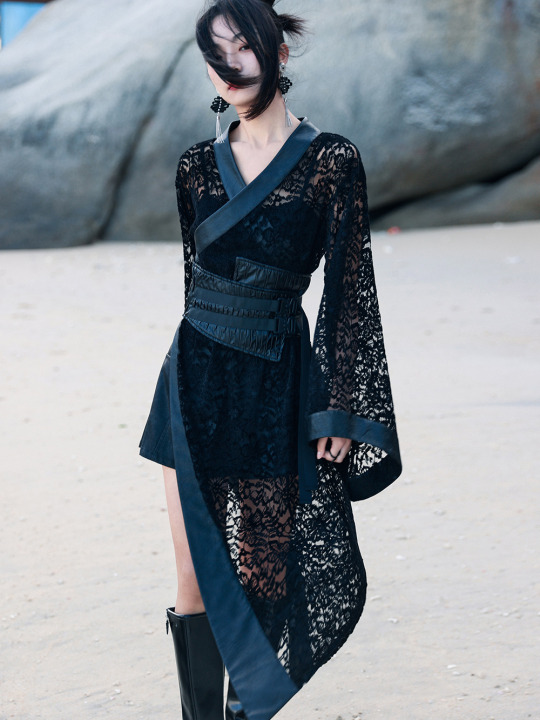

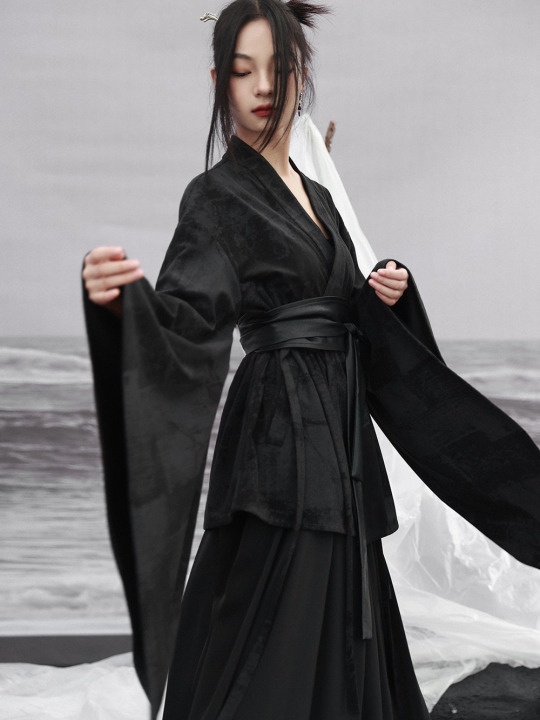





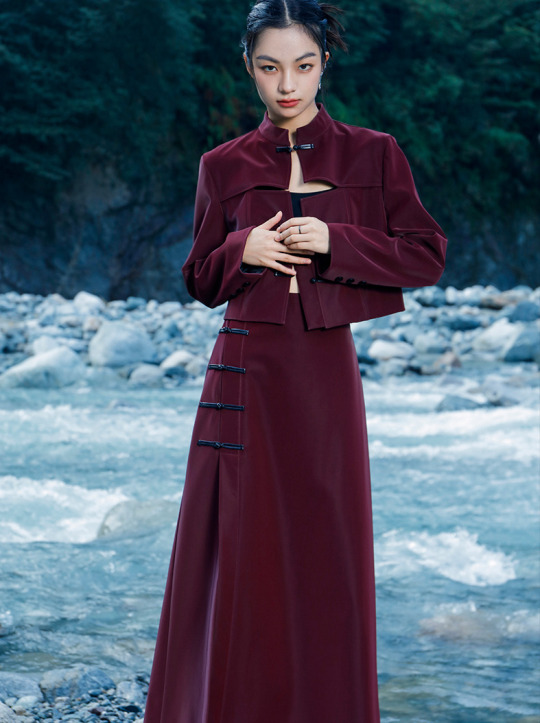
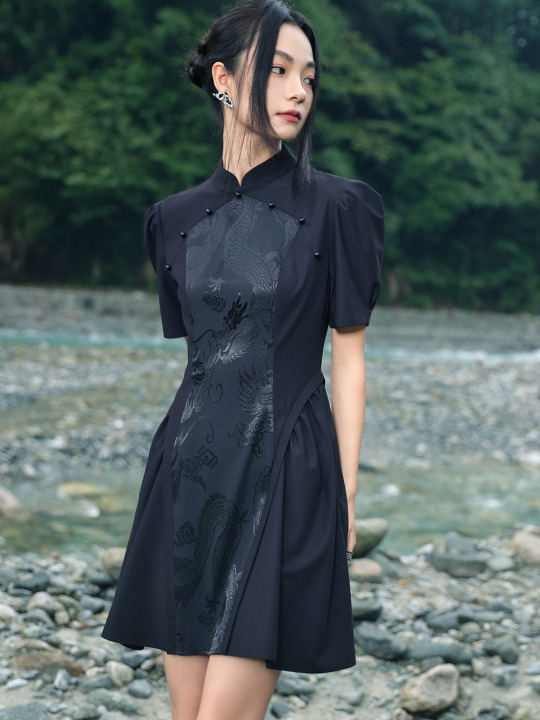





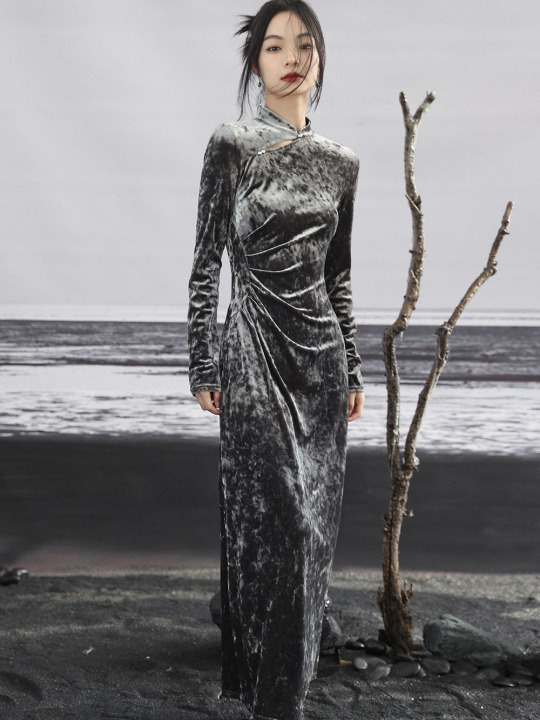

Since there's quite a lot of interest in Chinese-inspired cyberpunk and adjacent aesthetics, just wanted to share these neat "Chinese style meets the Matrix"-esque looks from popular brand 大青龙肆/Da Qing Long Si. There's also an English website here.
#大青龙肆#daqinglongsi#hanfu inspired#hanyuansu#qipao inspired#and etc#guofeng#xinzhongshi#cyberpunk#taobao#recs#chinese fashion#chinese clothing#chinese culture#china
1K notes
·
View notes
Text
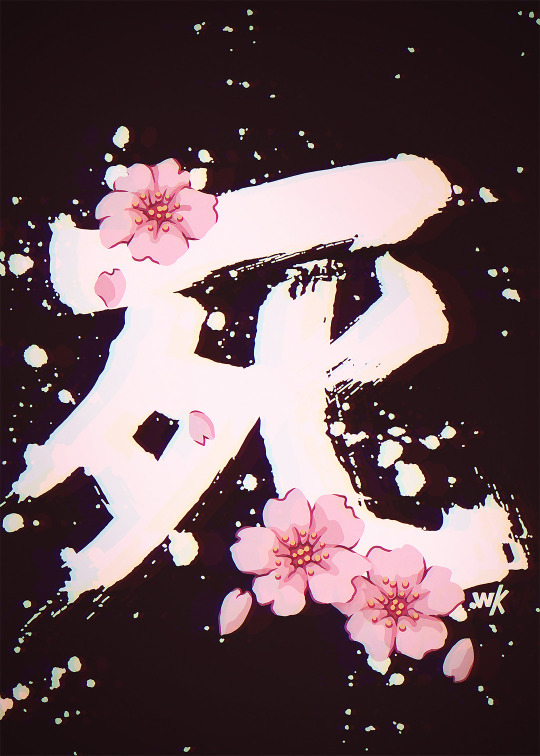
Sakura Death
#sakura#cherry blossom#shodo#japanese calligraphy#calligraphy#japan#inspired#aesthetic#pink flowers#flowers#art#cherry blossoms#pink#japonisme#pastel#black ink#japanese culture#anime aesthetic#artists on tumblr#illustrators on tumblr
440 notes
·
View notes
Text

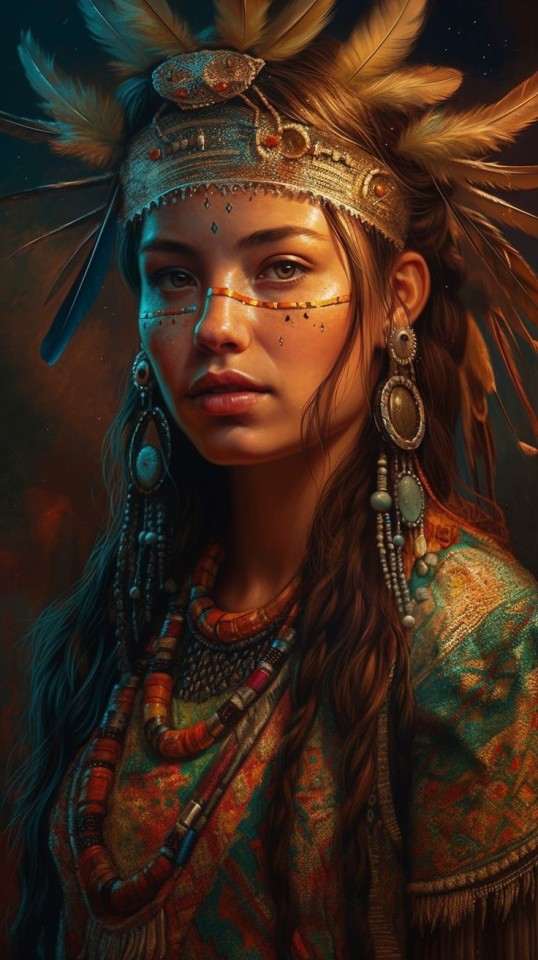
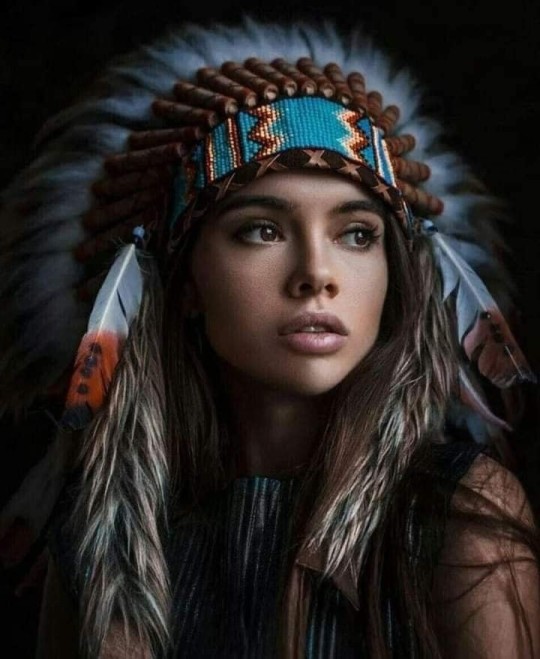
#art#quotes#motivation#words#aesthetic#travel#poetry#writing#poets on tumblr#writers#books and libraries#love#literature#books libraries#culture#poetas en español#beauty#writers on tumblr#inspiration#architecture
3K notes
·
View notes
Text
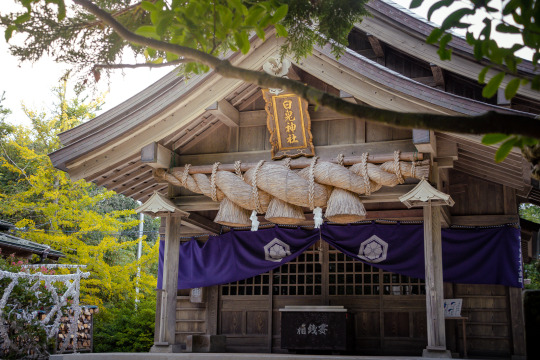




Hakuto Shrine and tributes to the White Rabbit of Inaba - Japan’s first love story - Hakuto Coast, Tottori City, late September.
#japan blogs#travel#life in japan#japan#asia#japanese culture#travel inspiration#japan photography#shrine#tottori#places#japan awaits#nihon#nippon
883 notes
·
View notes